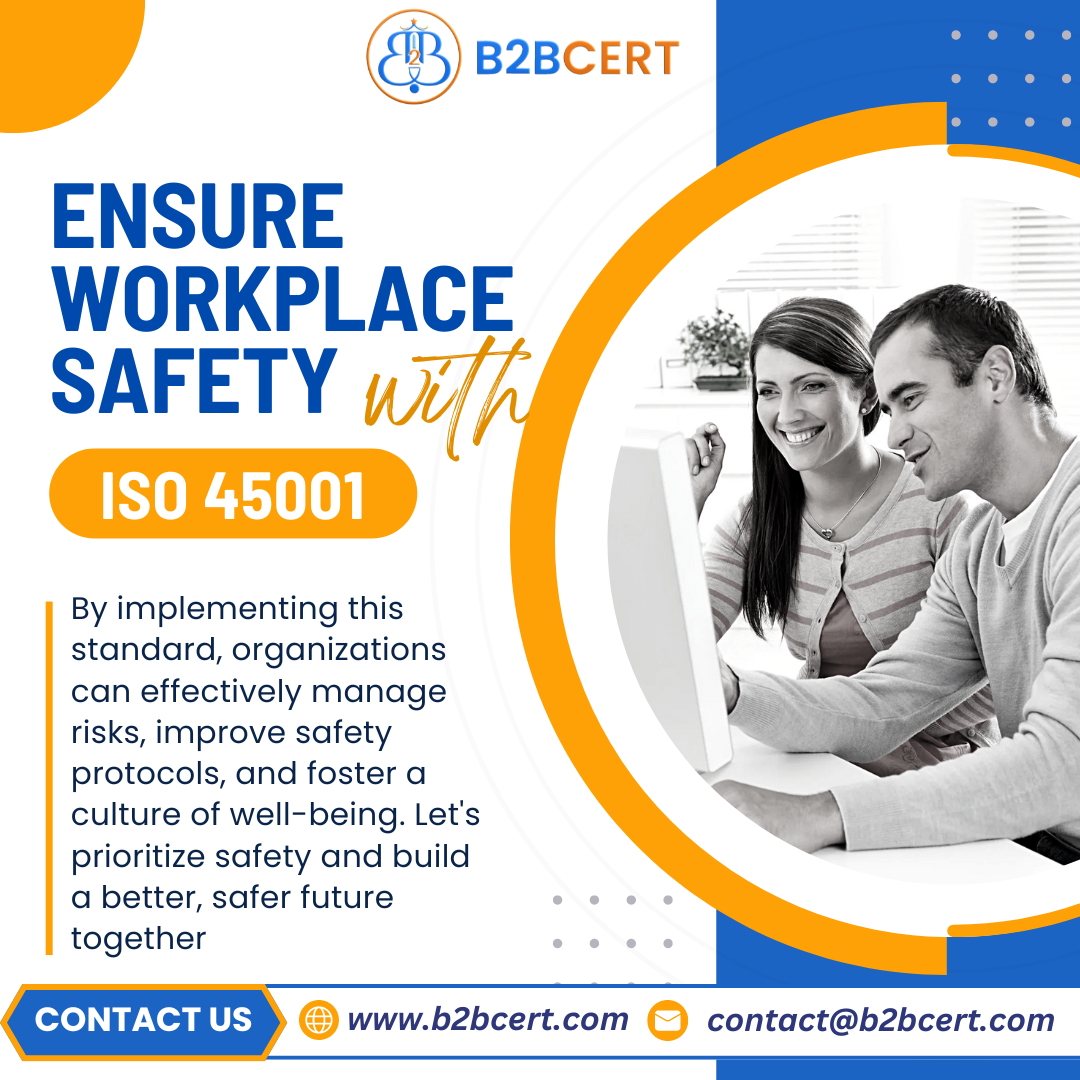ISO 45001 Certification in Dubai - Occupational Health and Safety (OHS) is a critical component of any organization’s operational framework. Ensuring the health, safety, and well-being of employees is not just a legal obligation but also a strategic business necessity. Organizations that implement an Occupational Health and Safety Management System (OHSMS) demonstrate their commitment to creating a safe working environment. One of the essential aspects of an effective OHSMS, as defined in ISO 45001, is the management review. But the question arises: How often should management review the occupational health and safety management system?
Understanding Management Review in ISO 45001
A management review is a formal, structured evaluation conducted by top management to assess the performance and effectiveness of the OHSMS. It is a proactive mechanism to ensure that the system remains aligned with organizational objectives, legal requirements, and changing operational risks. According to ISO 45001 standards, management review is mandatory and must be documented, forming an essential part of continuous improvement.
The purpose of this review is multifaceted:
- Assessing System Performance: Evaluating whether the OHSMS is achieving its intended outcomes, such as reducing workplace accidents or minimizing health risks.
- Ensuring Legal Compliance: Confirming that the organization adheres to local and international occupational health and safety regulations.
- Identifying Improvement Opportunities: Recognizing areas where procedures, resources, or policies may be optimized to enhance workplace safety.
- Reviewing Objectives and Targets: Examining the relevance of current OHS objectives and making adjustments as needed to reflect organizational goals and emerging risks.
Frequency of Management Reviews
ISO 45001 does not prescribe a fixed frequency for management reviews but emphasizes that reviews should occur at planned intervals. Organizations are encouraged to determine the review frequency based on their operational complexity, risk profile, and organizational size. Typically, the frequency is annual, but many organizations conduct quarterly or bi-annual reviews for high-risk industries such as construction, manufacturing, or chemical processing.
Key factors influencing the frequency include:
- Nature of Operations: High-risk workplaces may require more frequent reviews to quickly address emerging hazards.
- Regulatory Requirements: Certain jurisdictions or industry standards may mandate specific review intervals.
- Incident Rates: Frequent incidents or near-misses may trigger additional reviews to investigate root causes and implement corrective measures.
- Organizational Changes: Mergers, expansions, or changes in processes and equipment may necessitate unscheduled management reviews.
By aligning the review frequency with these factors, organizations ensure the OHSMS remains dynamic, responsive, and effective in mitigating occupational risks.
Key Inputs for a Management Review
A successful management review relies on accurate and comprehensive inputs. ISO 45001 specifies several critical areas for consideration:
- Audit Results: Outcomes from internal and external audits highlight compliance gaps and improvement opportunities.
- Incident Reports: Data on workplace accidents, near misses, and occupational illnesses provide insights into systemic issues.
- Risk Assessments: Updated risk analyses ensure that new hazards are identified and mitigated proactively.
- Feedback from Employees: Engaging the workforce through surveys or meetings can reveal practical safety concerns.
- Legal and Regulatory Updates: Staying current with occupational health and safety laws ensures compliance and prevents penalties.
- Performance Against Objectives: Reviewing progress toward safety objectives and KPIs helps in realigning targets and strategies.
Management Review Outputs
The outputs of a management review should drive action. Key outcomes typically include:
- Decisions regarding changes to the OHSMS policy, objectives, or procedures.
- Allocation of resources to improve safety performance.
- Identification of training needs to enhance employee competence and awareness.
- Corrective actions to address identified non-conformities or incidents.
- Strategic initiatives for long-term occupational health and safety improvements.
Documenting these outputs is crucial for maintaining transparency, accountability, and continuous improvement.
Benefits of Regular Management Reviews
Organizations that conduct management reviews at planned intervals experience numerous benefits:
- Enhanced Safety Culture: Regular reviews reinforce the importance of safety and encourage employee engagement.
- Continuous Improvement: Systematic evaluation identifies weaknesses and drives ongoing enhancements.
- Risk Reduction: Frequent reviews help anticipate and mitigate potential hazards before they escalate.
- Regulatory Compliance: Demonstrates commitment to legal obligations, reducing the risk of fines or legal action.
- Operational Efficiency: Improved safety measures often lead to fewer accidents, reducing downtime and operational costs.
Partnering with ISO 45001 Experts in Dubai
For organizations in Dubai seeking to optimize their OHSMS, partnering with professional ISO 45001 Consultants in Dubai can be a game-changer. These experts guide businesses through the implementation, auditing, and continuous improvement of the system. They also assist in scheduling and conducting effective management reviews that meet ISO standards. Leveraging ISO 45001 Services in Dubai ensures that the organization not only complies with international standards but also fosters a culture of safety and well-being among employees.
Conclusion
While ISO 45001 does not specify a strict timeline, management reviews should be conducted at regular, planned intervals that suit the organization’s size, complexity, and risk profile. Whether annual, bi-annual, or quarterly, these reviews are crucial for maintaining an effective occupational health and safety management system. By committing to regular reviews, organizations in Dubai can safeguard their workforce, achieve compliance, and enhance operational efficiency.
Engaging ISO 45001 Certification in Dubai services ensures that your management reviews are structured, effective, and aligned with global standards, ultimately creating a safer, healthier, and more productive workplace.





Comments